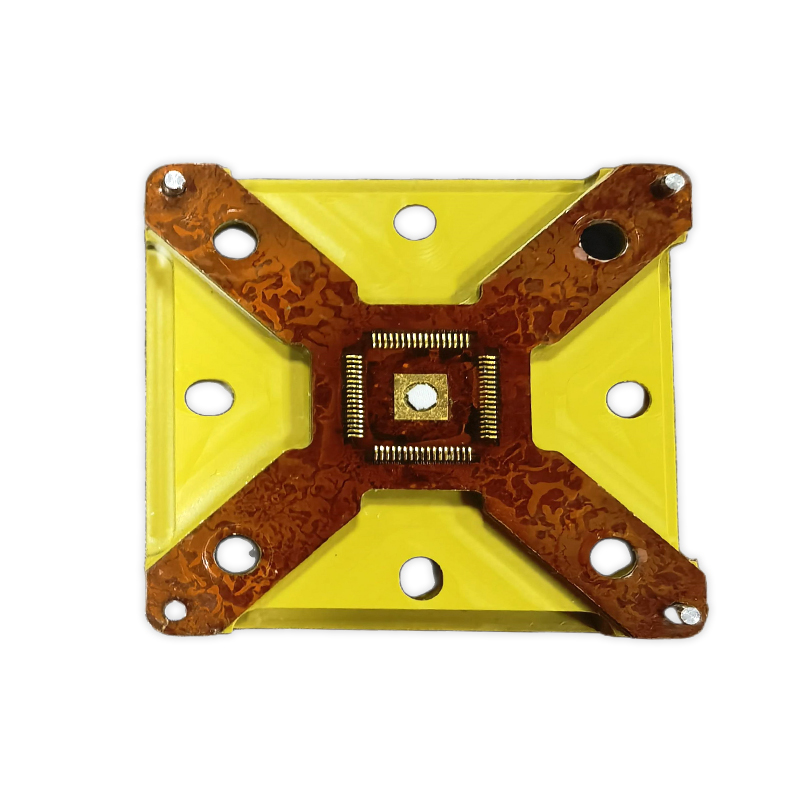From:sochi
Over the past decade, the PCB (Printed Circuit Board) industry has experienced significant advancements and transformations. These developments have been driven by the rapid evolution of technology and increasing demand for compact, efficient, and high-performance electronic devices. This article provides an overview of the latest trends shaping the PCB industry.
Miniaturization: Smaller, Thinner, and Lighter
With the advent of smartphones, wearables, and IoT devices, the need for smaller and more compact PCBs has skyrocketed. Manufacturers are relentlessly working towards achieving miniaturization by creating PCBs with high component density, reduced size, and thinner substrates. This enables the production of sleeker and more lightweight electronic devices that are increasingly popular among consumers.
High-Speed PCBs for Enhanced Performance
As technology continues to advance, the demand for high-speed data transmission and processing is on the rise. To meet these requirements, PCB manufacturers are utilizing advanced materials and design techniques to develop high-speed PCBs. These PCBs are capable of supporting data rates of several gigabits per second, providing enhanced performance for applications in telecommunications, automotive, and aerospace industries, among others.

Flexible and Rigid-Flex PCBs
The demand for flexible and rigid-flex PCBs is increasing rapidly due to their ability to conform to different shapes and spaces. Flexible PCBs are made from flexible materials, such as polyimide, which allows them to bend and twist. Rigid-flex PCBs, on the other hand, combine both rigid and flexible layers, offering the best of both worlds. These types of PCBs are particularly advantageous in applications where space is limited and durability is crucial.
Assembly Automation and IoT Integration
As automation technology continues to advance, PCB assembly processes are becoming increasingly automated. Automated equipment, such as pick-and-place machines and automated optical inspection systems, streamline the assembly process, resulting in improved efficiency and accuracy. Additionally, the integration of IoT (Internet of Things) capabilities into PCBs enables remote diagnostics, predictive maintenance, and data analysis, revolutionizing the way electronic devices are monitored and serviced.
Environmental Sustainability
With growing concerns over environmental impact, the PCB industry is making significant strides towards sustainability. Manufacturers are adopting eco-friendly materials, implementing energy-efficient production processes, and recycling methods to reduce waste. The industry is also focusing on developing PCBs with longer lifecycle, which minimizes the need for frequent replacements and ultimately reduces electronic waste.
Conclusion
The PCB industry is constantly evolving to meet the ever-growing demands of the modern world. The trends discussed in this article, including miniaturization, high-speed PCBs, flexible and rigid-flex PCBs, automation, IoT integration, and environmental sustainability, are shaping the industry's trajectory. As technology continues to advance, the PCB industry will undoubtedly witness further innovations and developments, catering to the needs of various sectors and driving progress in the electronics industry as a whole.